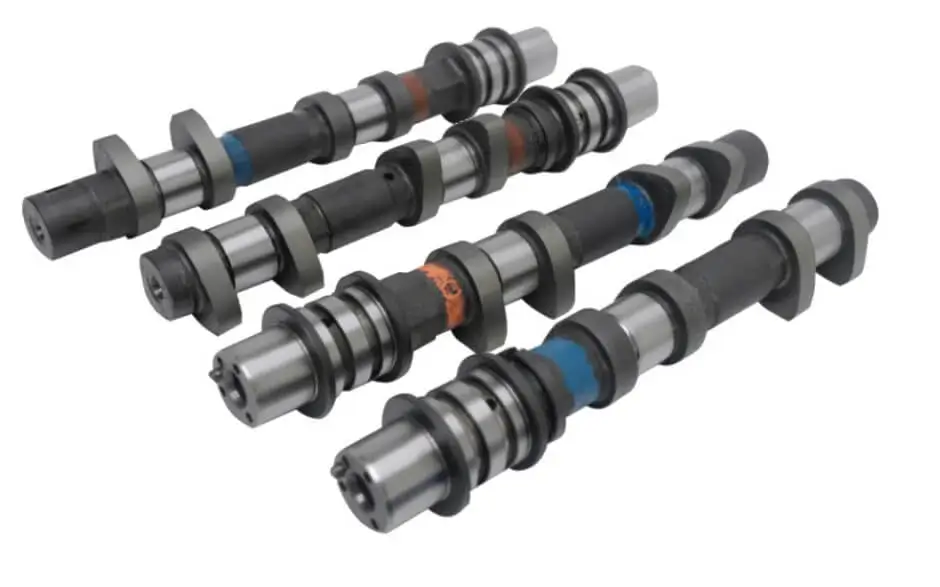You don't truly need oversized valves. Certainly not at your level. The place I got my heads done doesn't do +1mm valves at all and they've made heads for 1200+ whp cars doing 7s in the quarter mile. It has something to do with how much little material there is in the valve seats after you open them up for the larger valves. The less material there the less the heat can dissipate from the valves which can lead to issues. Especially on a daily driven car.
Here's a video of them explaining everything
A lot of places do use them though. But if you aren't going full bore on port work you probably don't need them. Some quality valves, springs and retainers parts wise, a good valve job, cleaning up any of the casting flash left in the intake/exhaust runners as well as a pocket port (opening up, reshaping and smoothing out the bowls underneath the valve) is easily capable of doing well over the power you're looking for. Doing all this instead of just running stock heads with upgraded parts will allow you to make the power easier and most likely at less boost than on untouched heads. It will also give you room to grow.
I won't say don't do cams at all. As I said before I have bc 272's in my daily driver. Stock cams would probably last longer. But I'm not looking for this built engine to last 100k+ miles either. I went with the smallest upgraded cam I could which will allow me room to grow down the road when I eventually upgrade turbos. You can't just swap cams with the motor in place on these cars. I'm not interested in having to pull the motor later to do cams so I did it to begin with even though my head builder recommended against it for the power (450 whp) I was originally shooting for. They recommended not doing cams until 500 whp minimum for a street car. They outright said it would be more fun to drive with stock cams. In the end I ended up pushing for more power out of the gate and surpassed the minimum power they recommended for doing cams.
When you're building your car you need to look at all the parts together and match things so that the end result will give you the kind of power and drivability you want from the car. Just throwing in the biggest stuff you can find is almost never the right thing to do unless you're making a Dyno queen or a drag car. How you drive a drag car is usually very different from how you want to drive a daily driven street car. It doesn't matter if you don't make any power until 5k rpms in a race car because you'll never be below that rpm level. On a street car you don't want the car to not be able to get out of its own way or have any throttle response or power in the lower to mid range of the rpms. This is generally where you will spend the majority of your time when driving.
Turbo 4 cylinders won't make power from low rpms to high rpms. You need to figure out where you want the power and response to be and then pick your parts to match that goal. 3k rpms of solid power is a pretty decent window for a turbo 4 to have. 3500 rpms if you're really lucky. Figure out what range you want the power and work with your builder to create a car that does what you have in mind.
Finally I'm a big fan of over building for the power you're going to make. Not only will the engine take the abuse longer generally but it will also give you room to grow later without having to spend a fortune to upgrade your engine, fuel system, etc later. If you want 500 whp now and build an engine that's good for 550 whp you're going to be putting more of a strain on the engine with that power as compared to an engine built for 700 whp.





